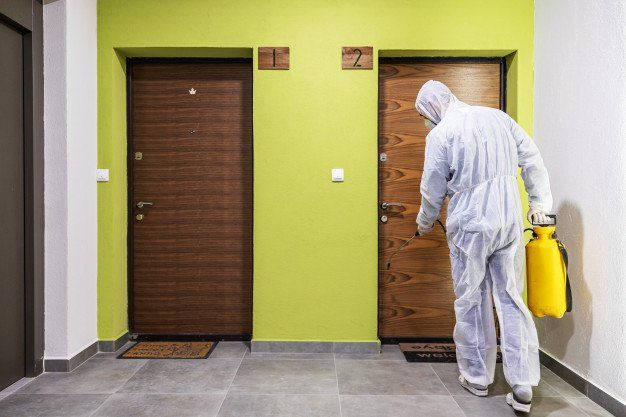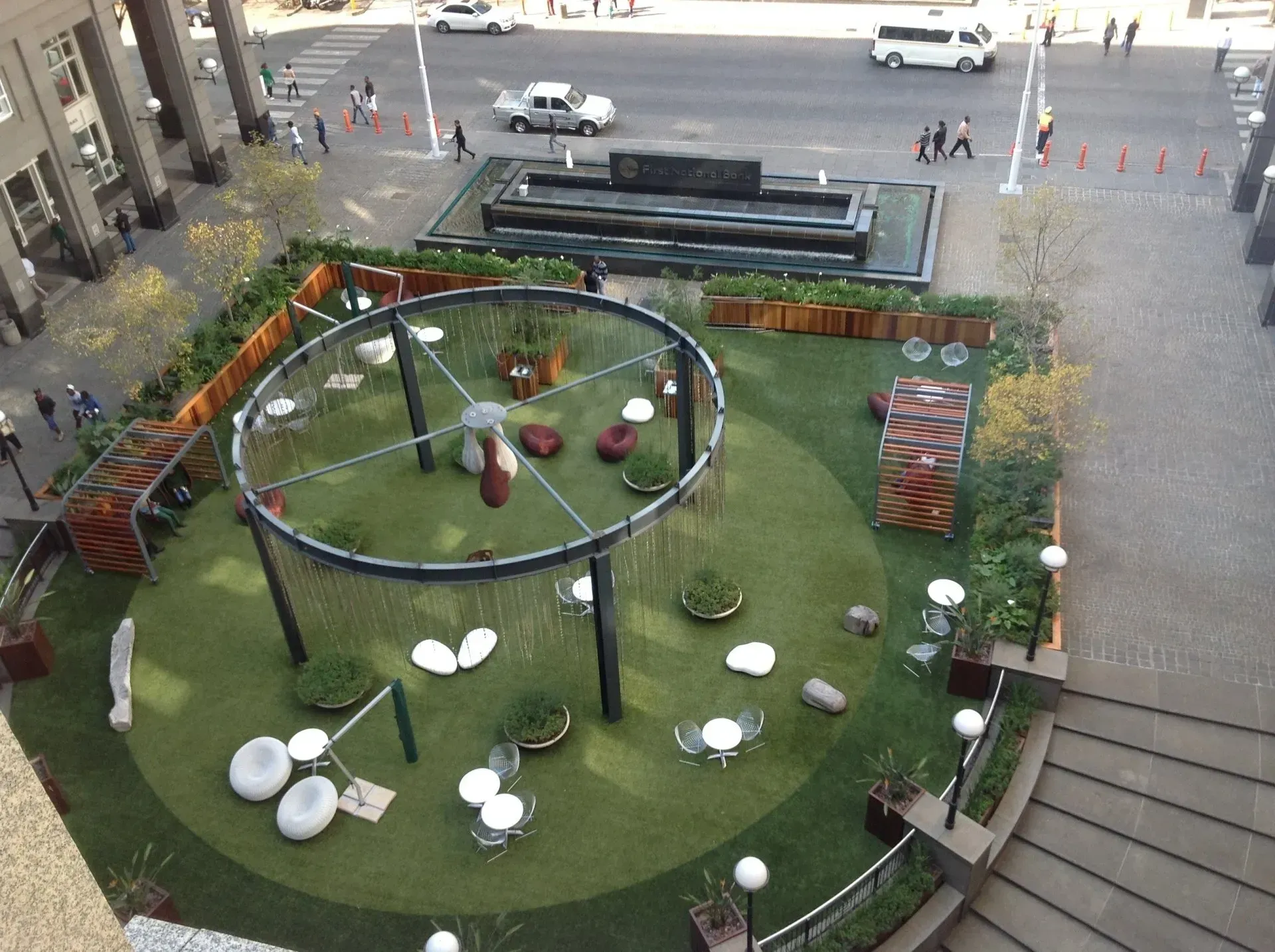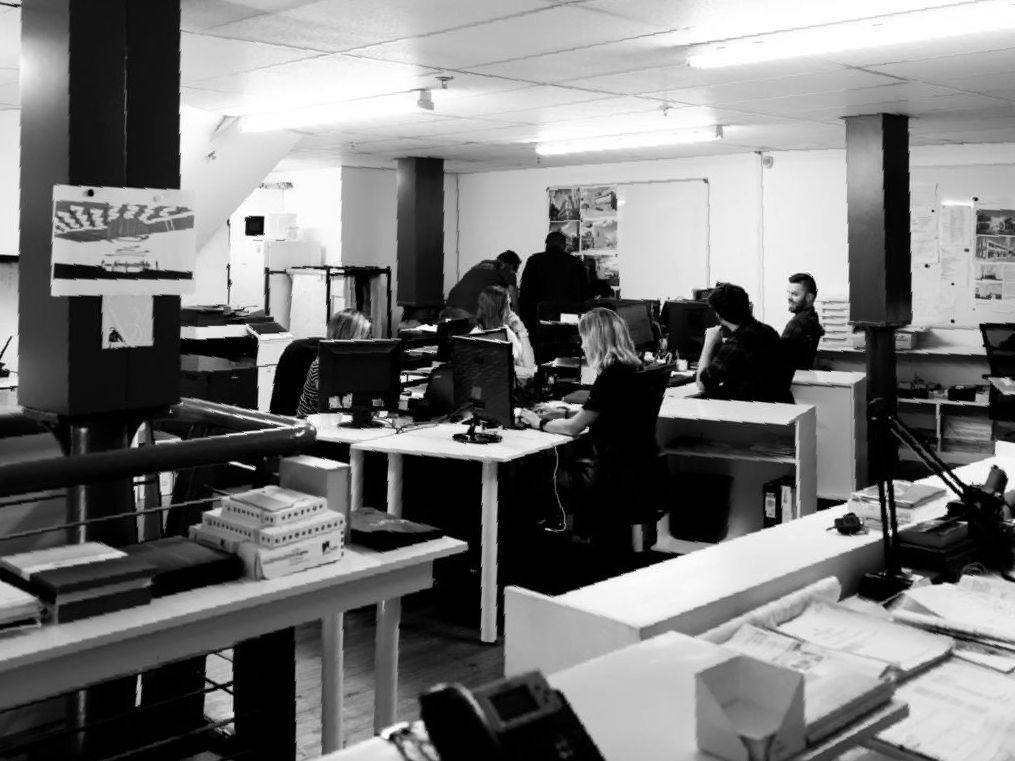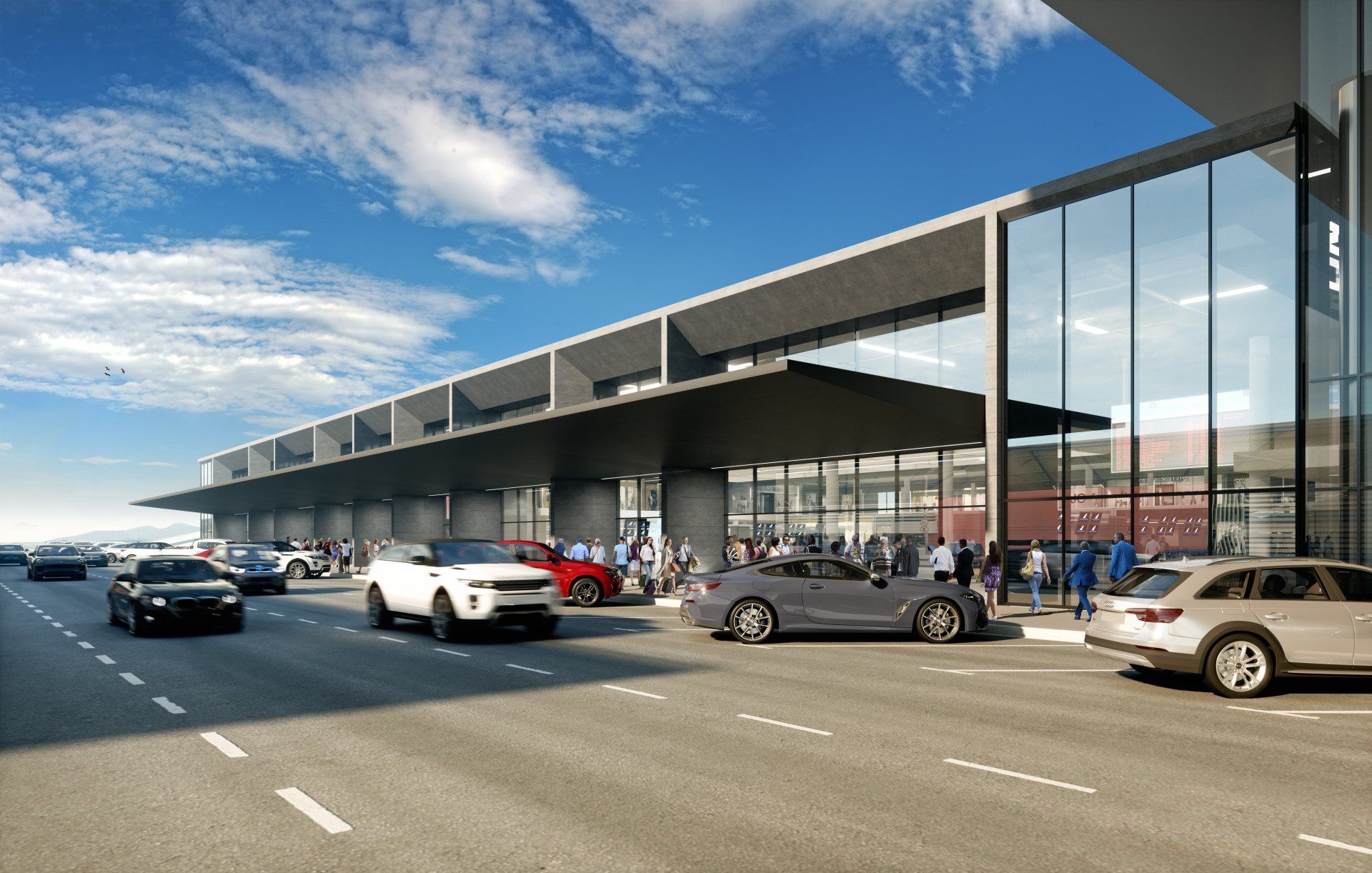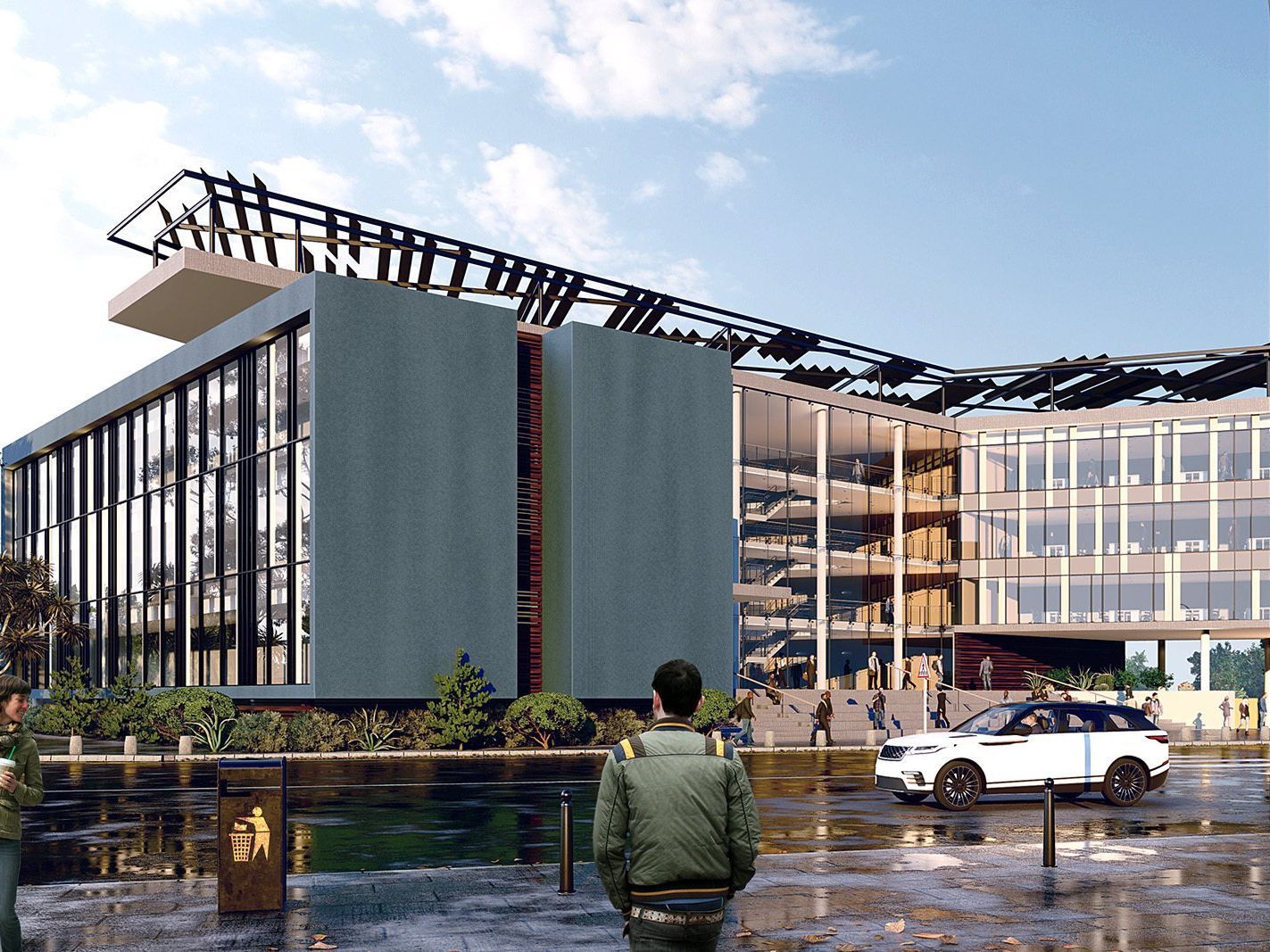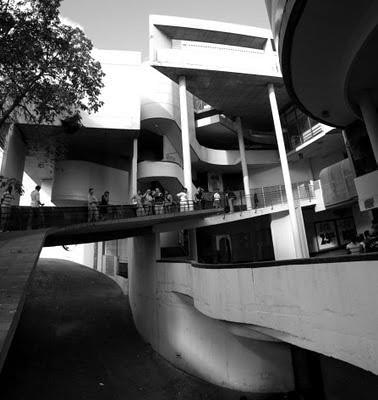As things in the world begin to return (somewhat) back to normal, we still have to consider how we will live and work in a world that has undergone many changes in the last few months. The COVID-19 pandemic will affect the way in which we think about living and urban spaces for decades to come.
Expected Changes in Urbanism and Architecture
There is definitely no shortage of thoughts, opinions and predictions when it comes to the future of urbanism and architecture. In order to limit physical contact, there will be a need for less density in workplaces, transit, entertainment venues and commercial spaces.
We’ll definitely see more living spaces that are equipped with work-from-home facilities, and a decreased need for tightly packed office spaces.
More obscure changes that we’re likely to see is plastic handrails and door handles being replaced with materials such brass and copper (which are natural virus deterrents).
These are a just a few of the predictions that we’re seeing from architects and urban planners in the media.
A Focus on Health
One of the few positives to come out of the recent pandemic will be a focus towards better health for all, and healthier work environments in particular. We are sure to see buildings that boast better ventilation, cleaner facilities and more space for workers in general. There is also likely to be more greenery included in workers’ everyday environments.
A good immune system is a great barrier for diseases and viruses. Employers will want to keep their employees safe and healthy to prevent an outbreak in the working environment, and avoid having to close their doors, even for a short while.
Spaces To Walk
Humans are designed to walk, but many people are not nearly as active as they should be.
Looking towards the future, urban design is sure to put a focus on creating enough space for pedestrians to navigate urban areas at a safe distance from one another. This means wider pavements, and even the closure of certain roads so that they can be sued solely by pedestrians and cyclists.
Transit systems will also need to be completely reinvented in some cases as overcrowded trains and buses act as an easy way for viruses to be spread from person to person.
Looking ahead, there will be many changes, some temporary and some permanent. As innovative architects ourselves, we are very excited to see what the future may hold.
For more information about our innovative architectural services and on how we can assist you, get in touch with our team of professional architects and designers in Durban and Cape Town.

Cape Town
109 Waterkant Street
De Waterkant Cape Town
South Africa, 8001
Durban
Rydall Vale Office Park
Rydall Vale Crescent
Block 3 Suite 3
Umhlanga, 4019
Website design by Archmark



